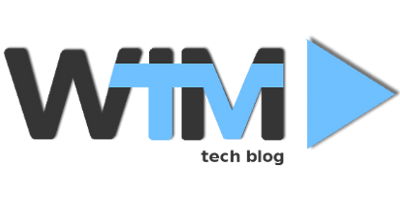wim.tv allows the streaming of video contents supporting different business models. One of these models is having an End User paying a specific amount to a Web TV in order to enjoy a premium video content. Even if this may be a premium content, it is hard that someone is willing to pay to watch it, unless a very small amount is requested.
Here comes the need to adopt a new technology providing an alternative micropayment method: iPay.
What is iPay?
iPay is a new payment method based on LETS (Local Exchange Trading System) principles and allowing to pay for digital content by exchanging a virtual money, named iPay point. This virtual currency does not substitute real money, instead it is a complement of that. In fact what happens is that iPay users, called Subscribers, creates a virtual account which is held by a VASP (Virtual Account Service Provider). This virtual account is bound to a real method of payment, such as a bank account, a credit card or a PayPal account. In this way Subscribers operating in the iPay system are able to synchronise their virtual money with real one. Hence transactions costs are drastically cut, since many small virtual transactions collapse into a single “large” real transaction. This implies the possibility to easily express also very small amount of money and so to monetise the services contributed by each player, obviously including end users, even if this contribution may be very small. On the one hand this encounters the need of creators, who are now able to profit from their work, without being forced to pass by classic publisher figures or major distribution circuits; on the other hand users have at last a fast, fair and reliable method to purchase digital content.

The iPay project has begun in the form of a textual specification (http://dmin.it/specifiche/summary.htm#12_iPay_specification) given by the dmin.it group (Digital Media in Italia - http://dmin.it), later transformed into an XML specification, whose purpose is to provide a standard communication protocol for the various elements of the system, a common starting point and reference for software implementation. The different XML messages in the specificationallow especially subscription, payment, cashing and information retrieval. These were converted into Java classes belonging to the Core library. The library has been released with an Open Source license (MPL v. 1.1) in order to enable the development of further software implementation on top of that. An experimental Java-based software implementation, starting from iPay specification, has been realized in 2009.
How is iPay used inside wim.tv?
Wim.tv allows users to play many roles. One of these roles is the Web Bank, the wim.tv name of the VASP inside iPay: other roles such as Creators and WebTVs can be seen as iPay Subscribers, maintaing business relations among them.
A peculiarity of wim.tv is the adoption of a license model for rights management. This model is based on MPEG standards, namely the MPEG-21 REL (Rights Expression Language) and DIDL (Digital Item Declaration Language), where XML dialects are defined, allowing the representation of Digital Items (DI) and rights related to resources. A license will contain all the information about what a user can or cannot do with a specific content, which is bound in the DI together with metadata.
wim.tv allows a creator to upload a video and to specify rights to his content. In case of a professional license he will also be able to define the amount that he wants other users to pay for the usage of the content.
In other words this will associate a license to the specific content involved. Then a component of wim.tv platform, called License Authorizer, will parse this license in order to verify whether an action on this content can take place (e.g. a user X willing to view a content Y issued by a Web TV Z).
Moreover since many actors are taking part in the wim.tv value chain, some hidden fields are inserted within this license. These fields, called Encrypted Grants, will ensure that all the actors involved in the value chain will receive what is due to them.
Basically the wim.tv platform by parsing a license will retrieve all the information related to payment. This will call a REST API with all the needed information for the Web Bank-related web-services to start a transaction of Wim Cents.
This is just one of the business models implemented in the wim.tv platform. By adopting a micropayment system and REL licenses models together, several digital value chains may be defined where all the actors are sure to be rewarded even for small amounts of money.
Sergio Matone

